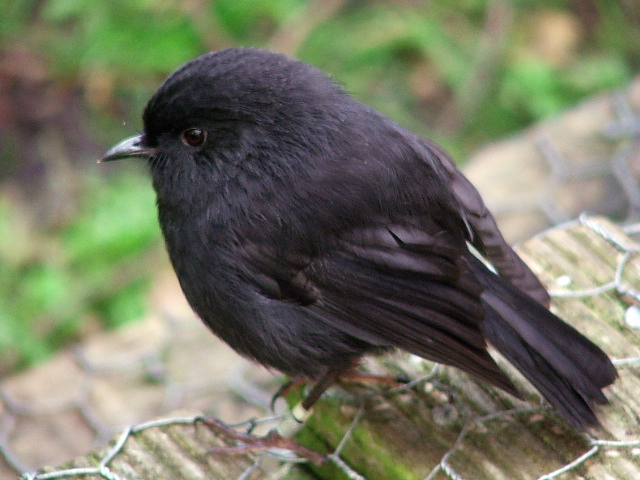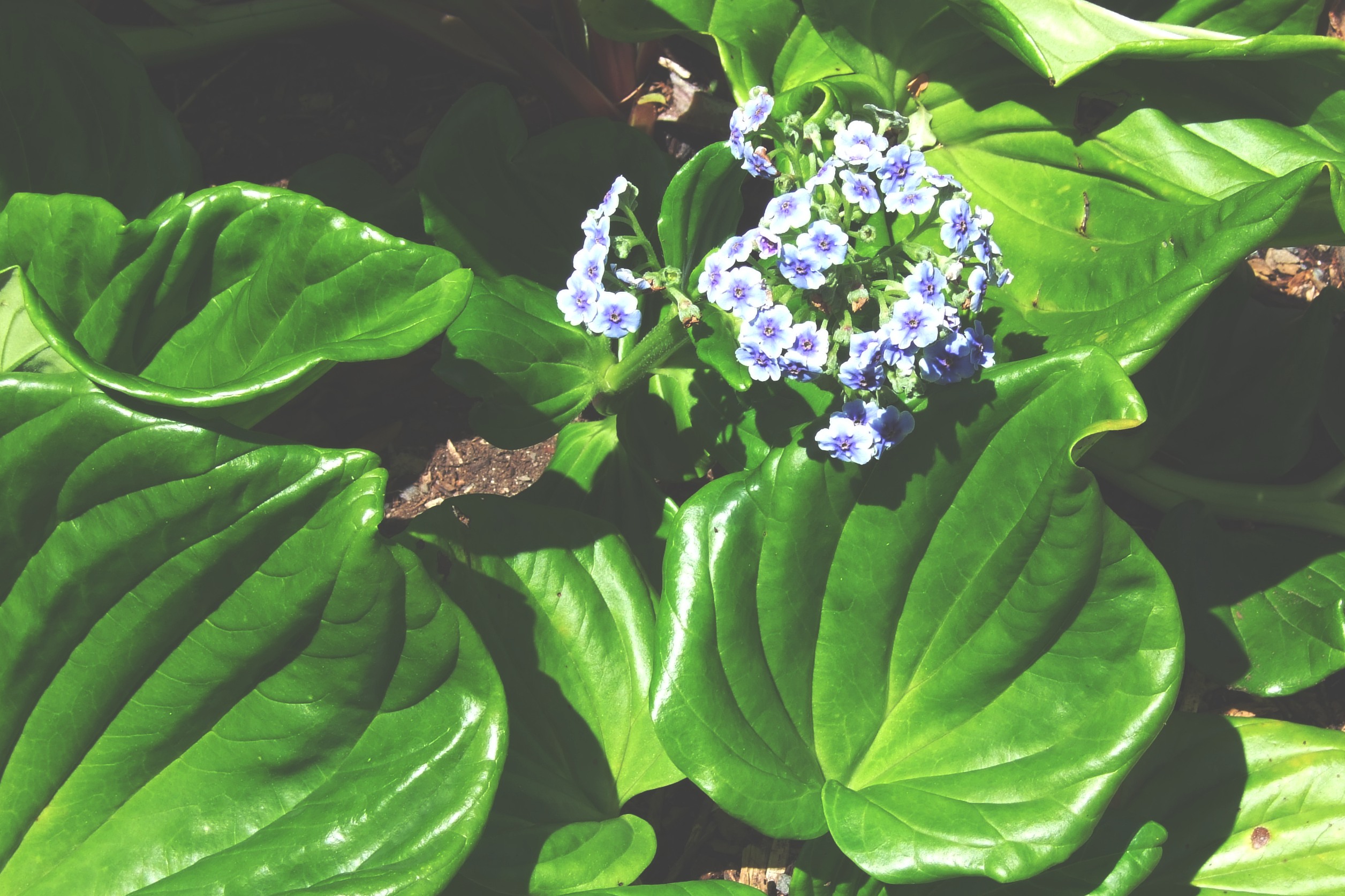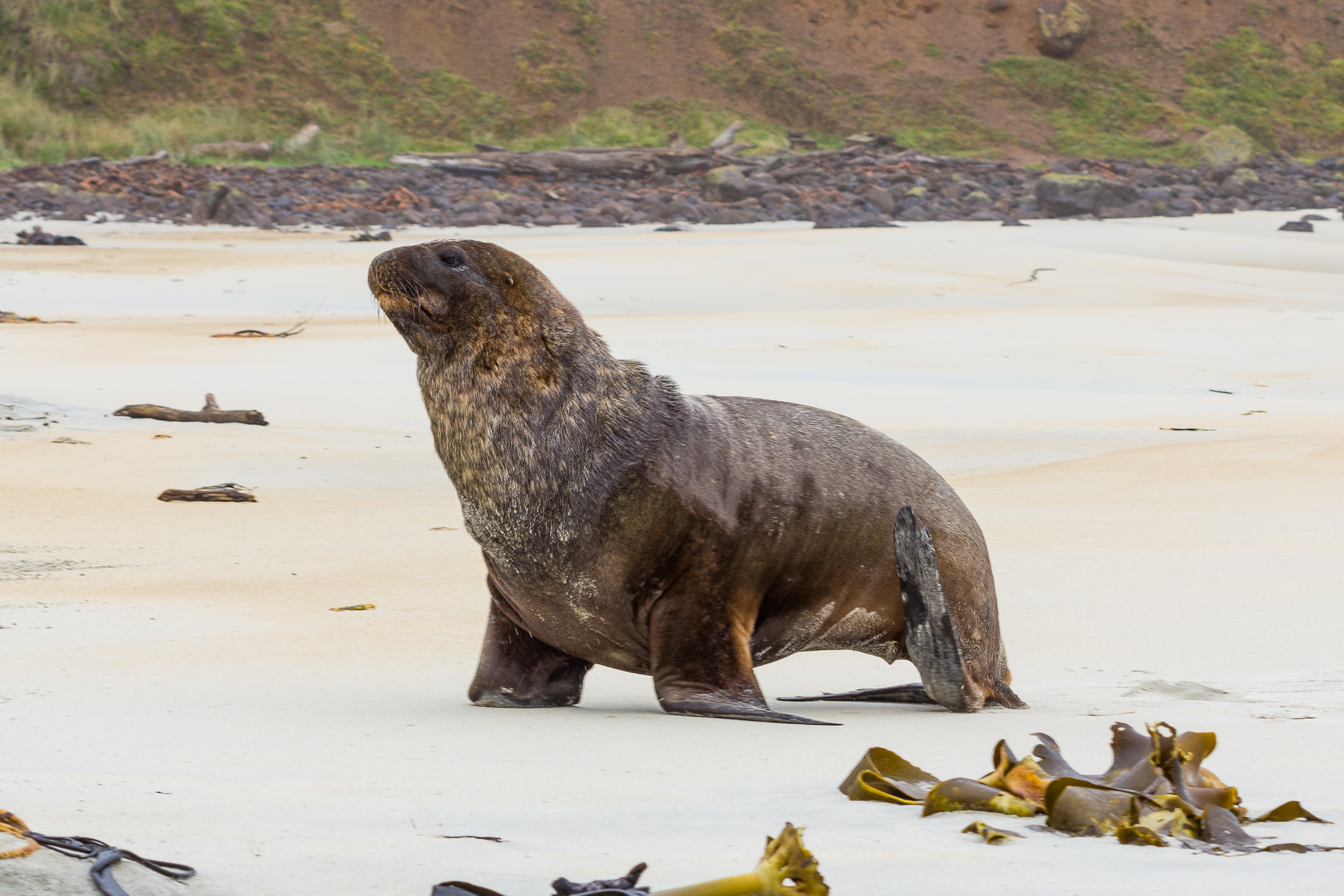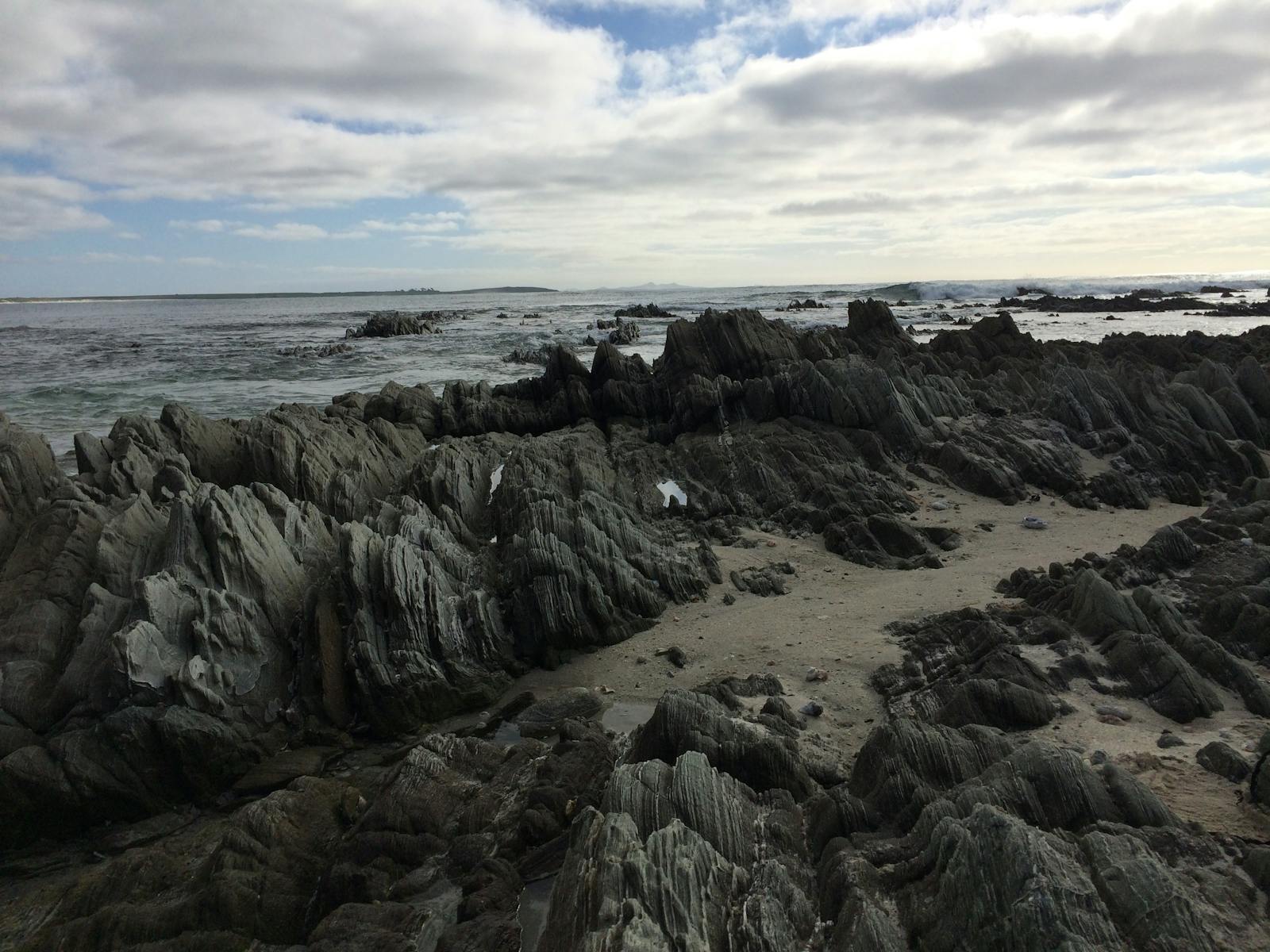Chatham Island Temperate Forests
The ecoregion’s land area is provided in units of 1,000 hectares. The conservation target is the Global Safety Net (GSN1) area for the given ecoregion. The protection level indicates the percentage of the GSN goal that is currently protected on a scale of 0-10. N/A means data is not available at this time.
Bioregion: New Zealand (AU1)
Realm: Australasia
Subrealm: New Zealand
Ecoregion Size (1000 ha):
81
Ecoregion ID:
167
Conservation Target:
52%
Protection Level:
1
States: New Zealand
The remote Chatham Islands are 800 kilometers (497 miles) east of the South Island of New Zealand. Swept by Southern Ocean storms and isolated for an estimated 1.75 million years, they harbor a resilient and highly distinct fauna and flora. The archipelago is so isolated that there are no native bats, no geckos, and no podocarp or southern beech (Nothofagus) trees that are typical of South Pacific islands. It was one of the very last islands in the Pacific to be settled by humans.

The flagship species of the Chatham Island Temperate Forests ecoregion is the Chatham Island Black Robin (Petroica travers). Image credit: Schmechf, Flickr (CC by 4.0)
The archipelago was formed by volcanic upthrust almost 80 million years ago, and the islands are a mix of volcanic rocks, schists, and limestone. Like most oceanic islands, the Chatham Islands do not experience great temperature extremes, but the archipelago is subject to long periods of rain and high winds. The wet conditions, geologic and topographical diversity, and fertile soils of the Chatham Islands have all contributed to the development of a distinctive and diverse floral community.
The Chatham Islands were largely covered in relatively low-stature forests intermixed with scrubby heathlands and rush swamps. In the forests, tree ferns and orchids are common in the humid, peaty understory, and Nikau palms (Rhopalostylis sapida) occur in bottom-land stands. Many of the plants display features adapted to the cool, windy, and wet weather, including waxy, furry, giant, succulent, and needle-like leaves and long branches that trail in the wind. Many herbaceous plant genera have forms with gigantic leaves and large, colorful flowers compared to related New Zealand species.
Such island gigantism is also seen in the imposing Chatham nursery web spiders, large stag and darkling beetles, and robust weta crickets that once flourished on the forest floors. Native plants number 388 species, with 47 being endemic, including the Chatham Islands forget-me-not (Myosotidium hortensia), Chatham Islands sow-thistle (Embergeria grandifolia), rautini (Brachyglottis huntii), Chatham Islands kakaha (Astelia chathamica), soft speargrass (Aciphylla dieffenbachii), and Chatham Island akeake or Chatham Island tree daisy (Olearia traversiorum).

Chatham Islands forget me nots. Image credit: Virginia McMillan, Flickr (CC by 2.0)
Nesting seabirds once were super abundant and brought enormous quantities of nutrients to the forest ecosystems through guano and corpses. The Chatham Island oystercatcher, petrel, and shag are some of the archipelago’s distinct shore and seabirds. The lack of native mammals, especially rats and mice, allowed invertebrates to thrive and gain large size, as well as enabled several species of ground-dwelling rails and a ground-foraging parrot to thrive.
After humans arrived, hunting and introduced rats, mice, and pigs eliminated many bird species, including several species of forest rails, a raven, a larger ground-foraging parrot similar to a kaka of New Zealand, and the Chatham fernbird and bellbird. The Chatham Island tui, pigeon, tomtit, and warbler still survive, as well as Forbes’ parakeet and Chatham Island black robin.
The black robin almost went extinct due to habitat destruction and predation by introduced mammals in the 1970s, and by 1981, the population had been reduced to five individuals. The robins were transferred to Rangatira, and an intensive management program run by the Department of Conservation boosted the population dramatically from just one breeding pair. Of the roughly 800 native invertebrates, around 20% are found nowhere else. There is one subspecies of native skink, Leiolopisma n. nigriplantare. There are no native mammals, frogs, or geckos.

New Zealand sea lion. Image credit: Haus, Wikipedia (CC by 4.0)
When humans arrived roughly 700 years ago, they began large-scale clearing of vegetation for farming and settlement. Over time, rats, mice, cats, brush-tailed possums, goats, horses, cattle, and pigs were introduced with huge negative impacts on native habitats and species. Only 32 of a recorded 69 native bird species remain extant, indicating the huge impacts of settlement and vulnerability of the native biota. Most native habitats and species survive on the islets of Mangere and Rangatira, with a few pockets of natural forest and wetland remaining on the main island.
Priority conservation actions for the next decade
- Continue the support for the New Zealand Department of Conservation’s coordination and management of a network of at least 40 publicly and privately owned reserves.
- Ensure that Mangere and Rangatira maintain their eradication of introduced herbivores, predators, and pests to allow them to continue forest restoration and act as a key refuge for threatened habitats and species.
- Continue efforts to restore fenced reserves on Chatham Island, where native tarahinau forests are now successfully regenerating.
-
-
- Molloy, L. 1994. Wild New Zealand. New Zealand Department of Conservation/MIT Press, Cambridge, Massachusetts
- New Zealand Department of Conservation. 1999. Chatham Islands Conservation Management Strategy, Wellington Conservancy Conservation Management Planning Series No. 8. Wellington, New Zealand.
- Roberts, W. 2019. Chatham Island Temperate Forests ecoregion. World Wildlife Fund. Accessed on 1 June 2019 at https://www.worldwildlife.org/ecoregions/aa0401.
-
Cite this page: Chatham Island Temperate Forests. Ecoregion Snapshots: Descriptive Abstracts of the Terrestrial Ecoregions of the World, 2021. Developed by One Earth and RESOLVE. https://www.oneearth.org/ecoregions/chatham-island-temperate-forests/
-



